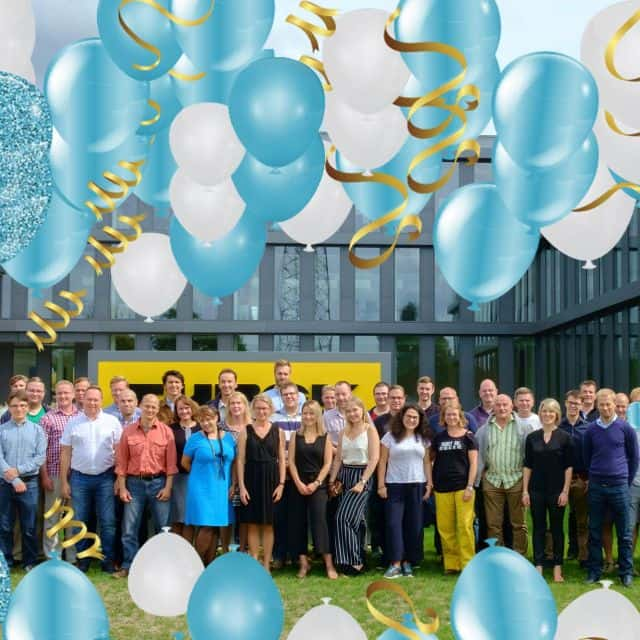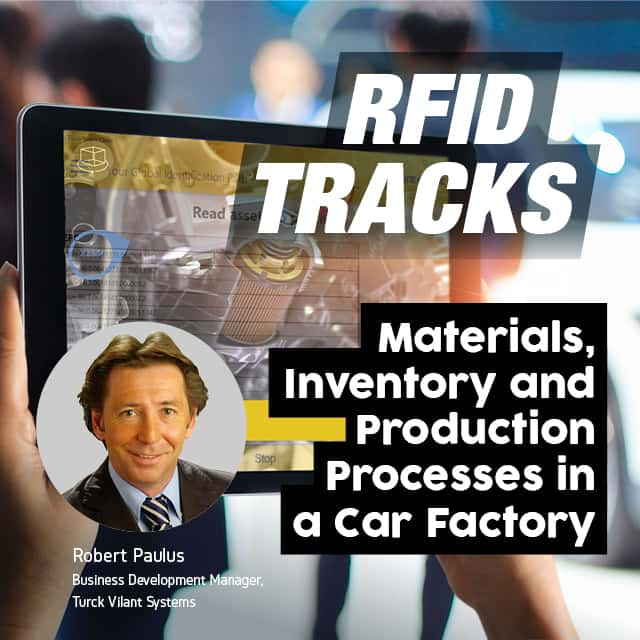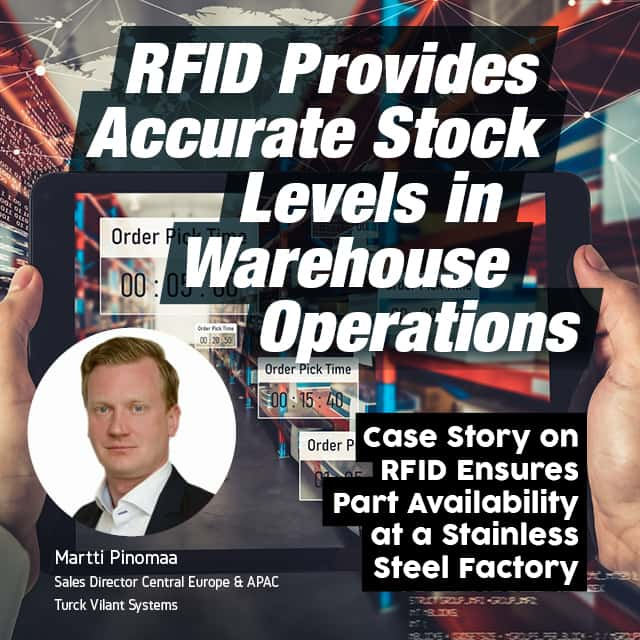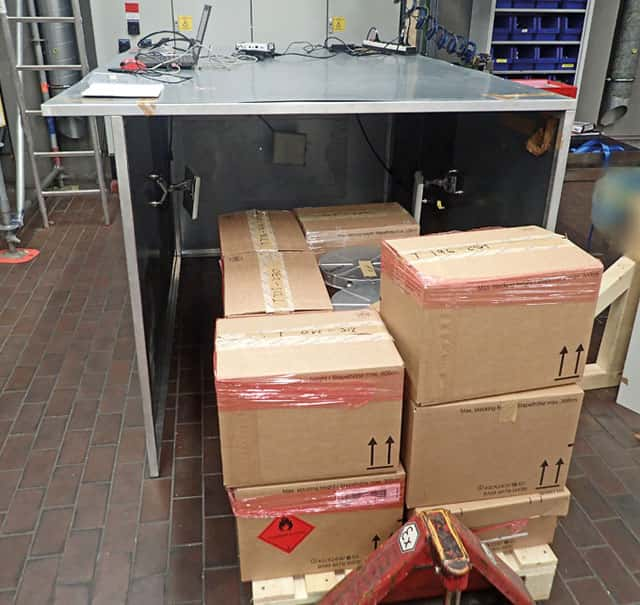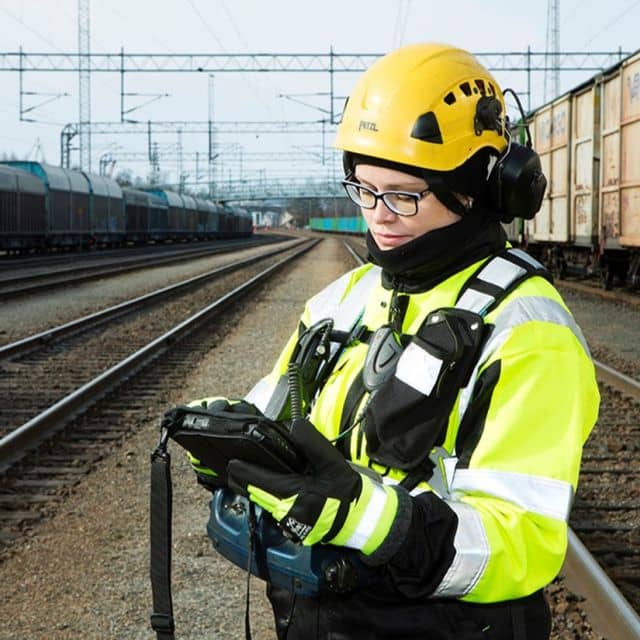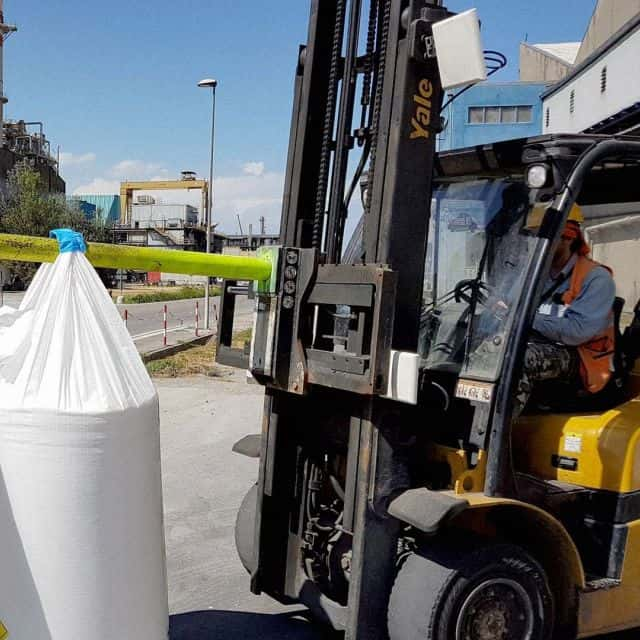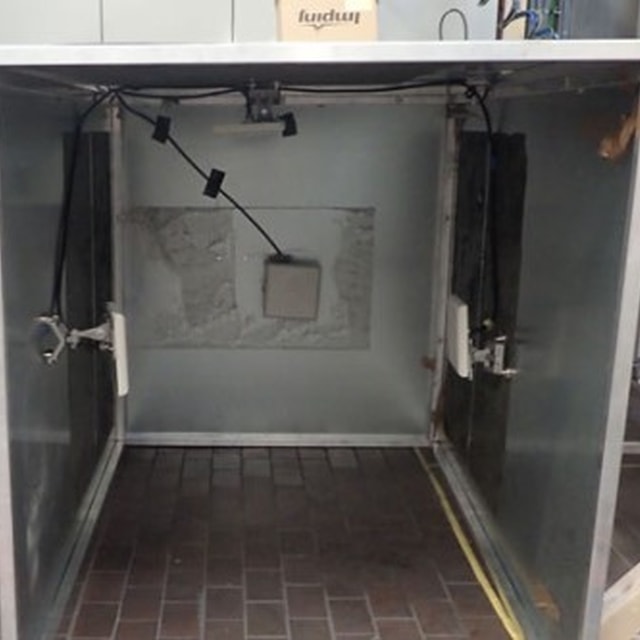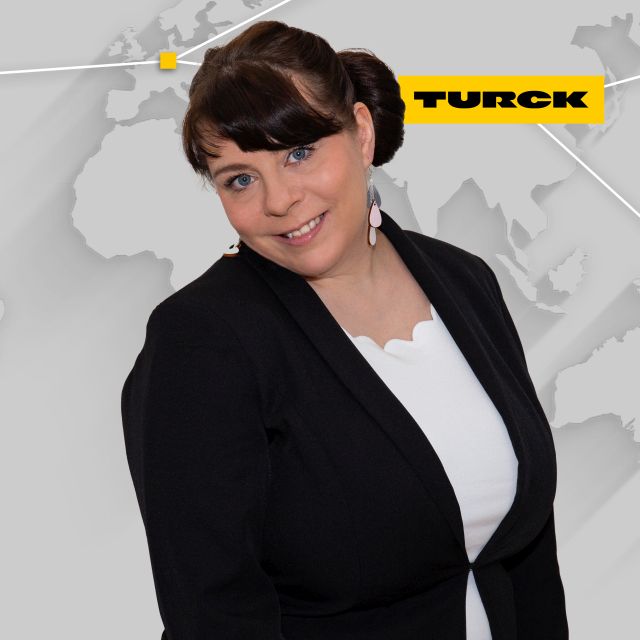Determining the effect of different solvents on bulk detection with UHF-RFID technology!
With its shipment verification station Turck Vilant Systems demonstrates in a proof of concept for Merck KGaA Darmstadt that containers with liquids and metal objects can be recorded reliably and quickly in UHF-RFID bulk read operations.
The reliable detection of several RFID tags on a pallet is a challenge, particularly when different objects and liquids are involved. At Merck KGaA Darmstadt initial tests on the verification of shipments with conventional RFID-UHF gates showed that not all substances could be read with sufficient speed and reliability.
The UHF-RFID experts from Turck Vilant Systems took up the challenge and were able to demonstrate with their shipment verification station that even ethanol containers and randomly oriented tags could be identified reliably and quickly.
As part of the digitalization of its own processes, the question was asked in Darmstadt to what extent the recording and verification of deliveries could be automated. Yanick Luca Kleppinger, examined in his final year thesis the effect of different solvents on bulk detection with UHF-RFID technology. As part of this study Kleppinger also carried out a proof of concept with regard to the question how well different chemicals and containers can be identified with UHF-RFID technology.
In the test setup for this feasibility study, he tested the technology using examples of seven pallets that reflected the variety of containers and substances.
The tests with a conventional RFID gate were promising. The detection of the ethanol pallets did however show differences to the detection of pallets with different solvents. Tags fixed to the inside of the ethanol containers in particular could not be reliably detected. The mixed pallet also presented problems for the conventional RFID gate.
Shipment verification station uses wave reflection on metal walls
The engagement of RFID integration specialists Turck Vilant Systems (TVS) brought a solution. Besides its own RFID middleware, TVS uses optimal hardware for the application at hand.
“Detecting pallets with liquids in an RFID gate cannot be done with a conventional gate setup,” recalls Robert Paulus, the business development manager at TVS who took care of the proof of concept at Merck KGaA Darmstadt. The tags fixed inside were surrounded by liquids on all sides. As the ethanol still absorbs the waves, the inside tags are not detected.
“We have had good results with our shipment verification station (SVS) in these kinds of applications, says Paulus. The SVS is a metal box on which the three walls and the ceiling are fitted with UHF read/write heads. The pallet with the objects to be identified is inserted through the remaining opening.
Polarity critical for readability
The test with the first three pallets showed that the three solvents had a different reaction to ultra high frequency waves. While the detection of the 120 tags on the pallet containing the ethanol bottles took 30 seconds, the bottles with different solvents could be read in two seconds.
The tags on the bottles were read at virtually the same speed as the tags on the cartons, and so the difference had to be in the properties of the solvent. Literature to date had only mentioned that liquids had a dampening effect on electromagnetic waves. The three liquids had similar viscosities but differed significantly in their dampening properties.
Kleppinger looked for a different molecular property that differentiated the three solvents: The result of his study was the polarity of the materials was the critical factor. If this finding can be confirmed with further tests, this will represent a new level of research in future on the effect of liquids on readability with UHF-RFID.
Yanick Luca Kleppinger, Merck KGaA Darmstadt: “Through the proof of concept that we carried out with Turck Vilant Systems we now know that even difficult products can be reliably and consistently detected with the right method.“
Successful proof of concept result
With a read device like the shipment verification station the test pallets examined could be used reliably with all materials for verifying shipments at Merck KGaA Darmstadt and in very good to acceptable read times for logistical processes.
Even with the most difficult substance ethanol, the bulk detection operations with read times of up to 30 seconds were impressive. When using the right on-metal tags, metal containers likewise do not present a problem.
Questions on RFID?
With more than 15 years of experience we are the ones to kick start your RFID project. Don’t hesitate to contact us!






